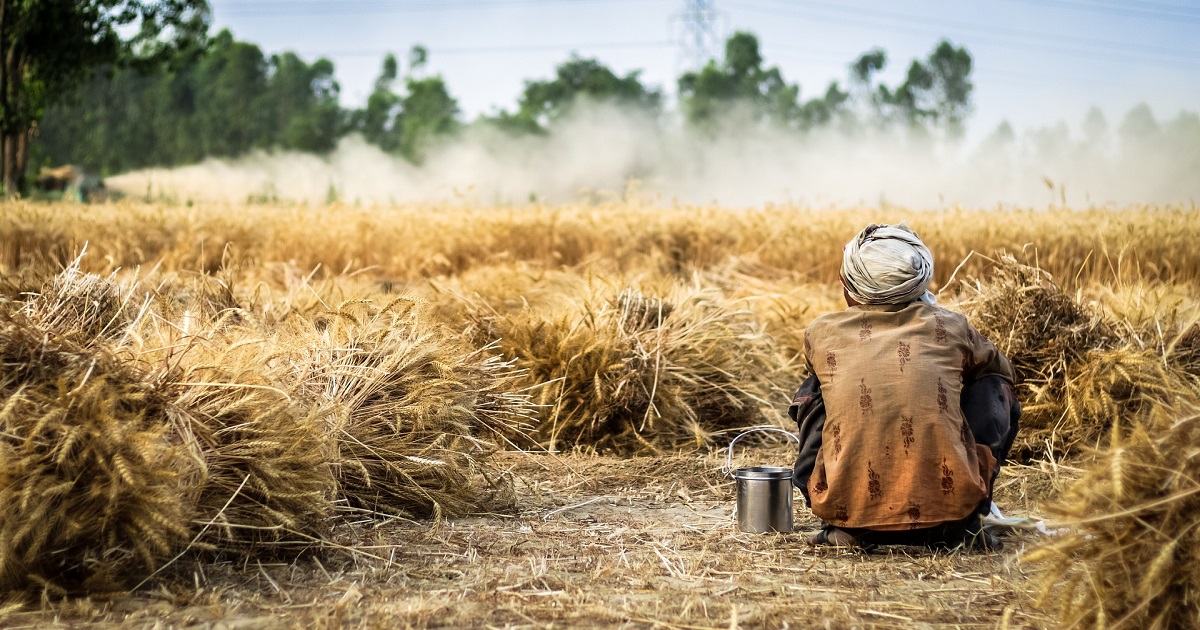Research on the Factors That Impact Farmer Behaviors and Decisions: From Socioeconomic Perspective
Special Issue Information
Dear Colleagues,
In the 21st century, environmental challenges are one of the most important and acute problems of human civilization, among which the agricultural sector, as one of the main beneficiaries of the environment, is one of the most challenging factors. Soil erosion, soil and water salinization, deforestation and increased greenhouse gas emissions have adverse effects on the environment. Evidence shows that most technical efforts have failed to effectively prevent the increasing degradation of the environment. Hence, many believe that the solution to environmental crises should be sought in changing human behavior and decision-making methods on earth. Therefore, changing behavior is very important to avoid these challenges. Farmers' behavior can be influenced by economic factors, various institutional mechanisms such as legal instruments, economic rewards, counseling and voluntary collective action, or individual factors. Socioeconomic background such as income, education and farm structure as well as psychological factors also have great influence on farmers' decisions to change their behavior.
Therefore, the purpose of this collection is to investigate the various socioeconomic variables and psychological factors affecting changes of behavior and farmers' decisions to reduce environmental degradation and lead them to proenvironmental behaviors.
In this Special Issue, original research articles and reviews are welcome. Research areas may include (but are not limited to) the following:
- Socioeconomic and psychological factors affecting farmers’ decision to adopt conservation agriculture.;
- Socioeconomic and psychological affecting farmers’ adaptation to climate change;
- Socioeconomic and psychological affecting farmers’ decision to adopt water conservation;
- Socioeconomic factors affecting decision making in farm management;
- Socioeconomic factors affecting farmers’ decision making in off-farm activities.
We look forward to receiving your contributions.
Dr. Masoud Yazdanpanah
Dr. Tahereh Zobeidi
Dr. Mostafa Ahmadvand
Dr. Katharina Löhr
Guest Editors
Manuscript Submission Information
Manuscripts should be submitted online at www.mdpi.com by registering and logging in to this website. Once you are registered, click here to go to the submission form. Manuscripts can be submitted until the deadline. All submissions that pass pre-check are peer-reviewed. Accepted papers will be published continuously in the journal (as soon as accepted) and will be listed together on the special issue website. Research articles, review articles as well as short communications are invited. For planned papers, a title and short abstract (about 250 words) can be sent to the Editorial Office for assessment.
Submitted manuscripts should not have been published previously, nor be under consideration for publication elsewhere (except conference proceedings papers). All manuscripts are thoroughly refereed through a single-blind peer-review process. A guide for authors and other relevant information for submission of manuscripts is available on the Instructions for Authors page. World is an international peer-reviewed open access monthly journal published by MDPI.
Please visit the Instructions for Authors page before submitting a manuscript. The Article Processing Charge (APC) for publication in this open access journal is 1200 CHF (Swiss Francs). Submitted papers should be well formatted and use good English. Authors may use MDPI's English editing service prior to publication or during author revisions.
Keywords
- climate change adaptation
- water management
- renewable energy
- low-carbon energy
- energy–environment nexus
- sustainable environment
- farm management
- environmental behavior

Benefits of Publishing in a Special Issue
- Ease of navigation: Grouping papers by topic helps scholars navigate broad scope journals more efficiently.
- Greater discoverability: Special Issues support the reach and impact of scientific research. Articles in Special Issues are more discoverable and cited more frequently.
- Expansion of research network: Special Issues facilitate connections among authors, fostering scientific collaborations.
- External promotion: Articles in Special Issues are often promoted through the journal's social media, increasing their visibility.
- e-Book format: Special Issues with more than 10 articles can be published as dedicated e-books, ensuring wide and rapid dissemination.

